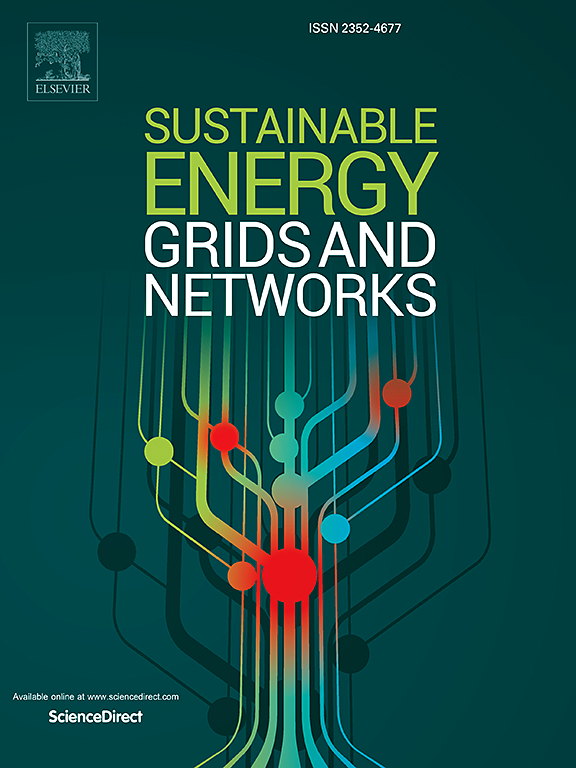Contrastive learning for efficient anomaly detection in electricity load data
IF 4.8
2区 工程技术
Q2 ENERGY & FUELS
引用次数: 0
Abstract
Identifying irregularities in electricity load data is essential for maintaining dependable and effective power systems. Traditional approaches necessitate a significant amount of labeled data in order to achieve high accuracy, resulting in increased costs, and limited scalability. This paper introduces a feature extraction model based on contrastive learning, which greatly enhances the accuracy of anomaly detection for electricity load data. The model generates both positive and negative pairs after utilizing original input data sequences. This enables to learn complex similarities and differences. Through the utilization of a contrastive loss function, the aim is to minimize disparities between positive pairs and maximize the distances between negative pairs, resulting in the extraction of essential feature representations. The results demonstrate significant improvements enhancements such as accuracy rose from 69.85 % to 95.65 %, precision improved from 61.2 % to 96 %, recall increased from 74.5 % to 93 %, and the F1-score saw an improvement from 67.3 % to 94.6 %. The ROC-AUC score rose from 0.7286 to 0.9532, indicating better differentiation between normal and anomalous data. A paired t-test confirmed these gains with p-values well below 0.05, further validating the model’s effectiveness, while Cohen's d test validated the practical significance, indicating large effect sizes across all metrics. Furthermore, 95 % confidence intervals for the mean differences confirmed that the improvements are both statistically and practically meaningful. This approach not only improves detection accuracy but also reduces reliance on large labeled datasets, making it more scalable and cost-effective for real-world applications.
对比学习在电力负荷数据异常检测中的应用
识别电力负荷数据中的异常现象对于维持可靠和有效的电力系统至关重要。传统的方法需要大量的标记数据来实现高精度,导致成本增加,可扩展性有限。本文提出了一种基于对比学习的特征提取模型,大大提高了电力负荷数据异常检测的准确性。该模型利用原始输入数据序列生成正对和负对。这使我们能够了解复杂的异同。通过使用对比损失函数,目的是最小化正对之间的差异,最大化负对之间的距离,从而提取基本特征表示。结果表明,准确率从69.85 %提高到95.65 %,准确率从61.2 %提高到96 %,召回率从74.5 %提高到93 %,f1分数从67.3% %提高到94.6 %。ROC-AUC评分从0.7286上升到0.9532,表明正常和异常数据的区分能力较好。配对t检验证实了这些收益,p值远低于0.05,进一步验证了模型的有效性,而科恩d检验验证了实际意义,表明所有指标的效应都很大。此外,平均差异的95 %置信区间证实了改进在统计和实际意义上都是有意义的。这种方法不仅提高了检测精度,而且减少了对大型标记数据集的依赖,使其在实际应用中更具可扩展性和成本效益。
本文章由计算机程序翻译,如有差异,请以英文原文为准。
求助全文
约1分钟内获得全文
求助全文
来源期刊

Sustainable Energy Grids & Networks
Energy-Energy Engineering and Power Technology
CiteScore
7.90
自引率
13.00%
发文量
206
审稿时长
49 days
期刊介绍:
Sustainable Energy, Grids and Networks (SEGAN)is an international peer-reviewed publication for theoretical and applied research dealing with energy, information grids and power networks, including smart grids from super to micro grid scales. SEGAN welcomes papers describing fundamental advances in mathematical, statistical or computational methods with application to power and energy systems, as well as papers on applications, computation and modeling in the areas of electrical and energy systems with coupled information and communication technologies.
 求助内容:
求助内容: 应助结果提醒方式:
应助结果提醒方式:


